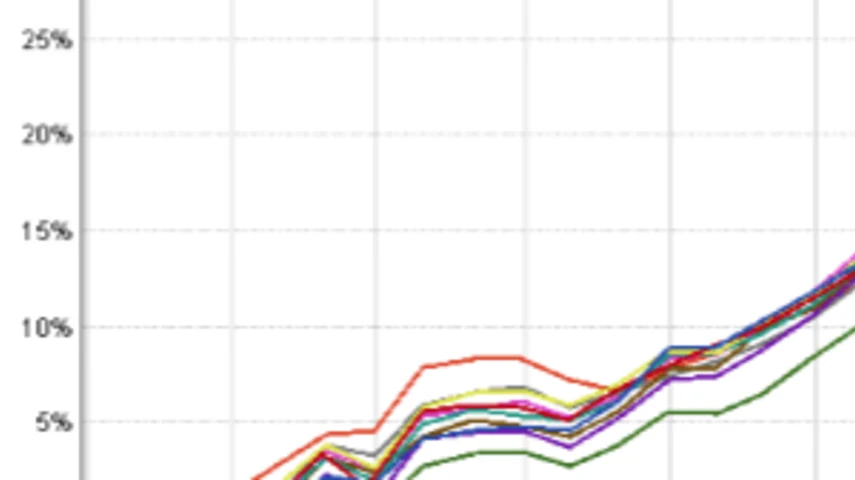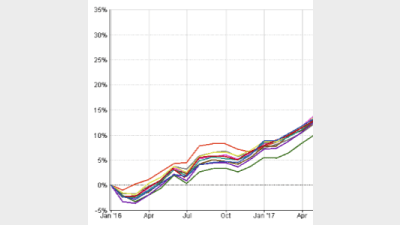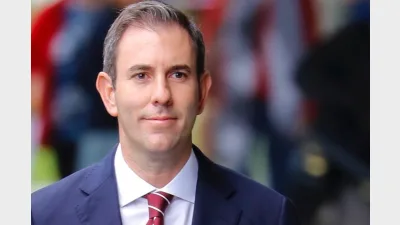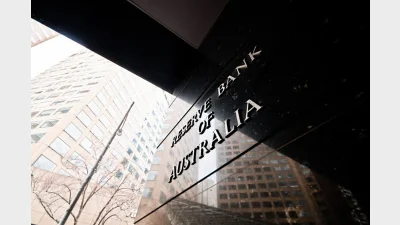Does size matter for MySuper options?



For all the fuss regulators and commissions have been making about scale in the super industry, new data has shown that members in some of the top funds’ MySuper options saw limited differences in returns regardless of the provider’s size.
Data from FE Analytics showed that AustralianSuper’s MySuper option, one of the biggest in the industry, returned 24.48 per cent in the three years to 2018’s end. Smaller funds delivered similar results, however. BUSSQ Building Super’s Balanced Growth MySuper option, for example, returned 20.62 per cent for the same time period.
Mid-size funds were also in the same ballpark. As the chart below shows, a selection of the top mid-size funds, as determined by the Super Fund Crown Ratings, all showed negligible variations in returns for their MySuper options, ranging from 21.1 – 24.28 per cent over the three years to 31 December, 2018.
This analysis comes in the wake of both the Productivity Commission and the Australian Prudential Regulation Authority (APRA) last year putting renewed emphasis on the importance of scale for funds, and the Commissioner Kenneth Hayne flagging mergers and fund size in the Banking Royal Commission final report.
Larger funds too had put emphasis on scale as a selling factor, but drilling down into the data suggests that, when fees remain comparable as they do between the industry fund options above, this may be less of a differentiator for consumers that they suggest.
Recommended for you
Super trustees need to be prepared for the potential that the AI rise could cause billions of assets to shift in superannuation, according to an academic from the University of Technology Sydney.
AMP’s superannuation business has returned to outflows in the third quarter of 2025 after reporting its first positive cash flow since 2017 last quarter.
The major changes to the proposed $3 million super tax legislation have been welcomed across the superannuation industry.
In holding the cash rate steady in September, the RBA has judged that policy remains restrictive even as housing and credit growth gather pace.









